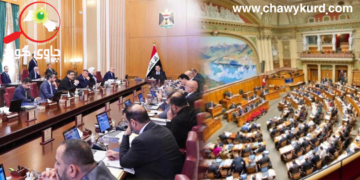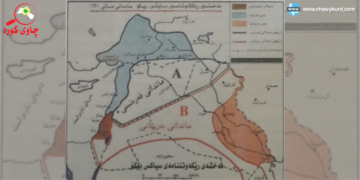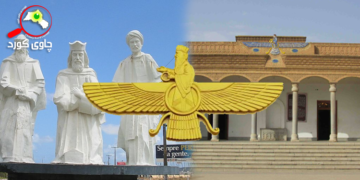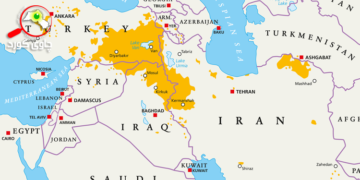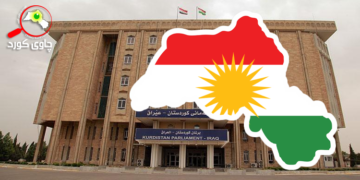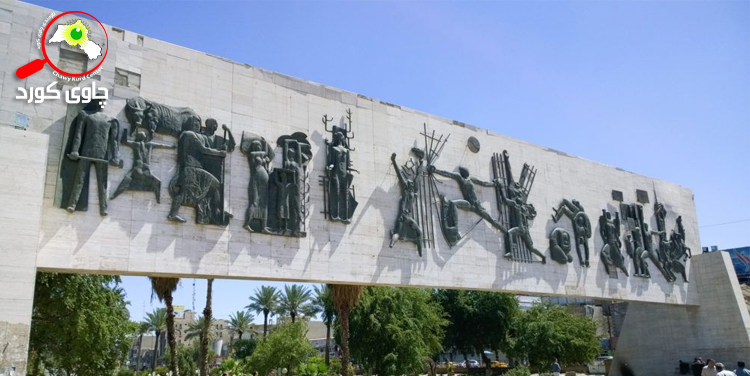Since the establishment of the Iraqi state until last year, more than 100 prime ministers, ministers and parliamentarians have resigned for various reasons; more than 80 percent during the monarchy, the least was during the Ba’athist regime. After the collapse of the Ba’ath regime in 2003, the resignation of officials reemerged, the most prominent of which was the resignation of Prime Minister Adel Abdul Mahdi in 2019 and more than 70 members of parliament belonging to the Sadr movement in 2022. Since the appointment of Faisal I as king of Iraq on August 23, 1921, until a month before the end of the monarchy, about (36) prime ministers, seventeen ministers and ten cabinets have submitted their resignations, as well as (35) MPs and one speaker has resigned.
“Resignation as an act of protest”
The reasons for the resignation of officials during the monarchy were many and varied, but the most obvious was to protest against the actions of the king and British rule at the time. Possibly the most prominent was the resignation of Prime Minister Jaafar Abu Tamani on June 26, 1922, in protest against the British-Iraqi treaty. On August 14, 1922, Hibatdin Shahristani, the minister of education, resigned in protest against the government’s inability to decide on the Wahhabi massacre. On November 6, 1922, Interior Minister Abdul Mohsen Saadoun resigned because of his disapproval of the tough policy he had decided to hold public elections. On April 25, 1939, Interior Minister Naji Shawkat resigned in protest against changes in his ministry made by the prime minister during his visit to Turkey. On March 9, 1940, Salih Jabri, the minister of social affairs, resigned in protest against the prime minister’s retreat from implementing his plan for political reform. On December 26, 1946, Mohammed Hadidi, the minister of finance and representative of the National Democratic Party, resigned in protest against the government’s interference in the elections and the prime minister’s failure to fulfill his promises.
“Resignation due to pressure”
During the monarchy, British pressure played a major role in the resignation of some prime ministers, as well as the acceptance or rejection of the resignation of others, such as the resignation of Abdul Mohsen Saadoun on December 9, 1926, following British pressure on his cabinet Britain and Iraq, again on December 20, 1929, due to British amendments to the treaty and under pressure from the British guardian and embassy, Jamil Madfa’i announced the resignation of his cabinet on September 21. On the other hand, pressure from Iraqi army commanders has influenced government policies and the resignation of officials, especially after the coup d’etat of Bakr Sadiqi in 1936, such as the resignation of Prime Minister Yasin Hashemi on October 29, 1936 under army pressure of the ministers, Jaafar Abu Taman, Yousef Ezeddin, Kamil Chadrchi and Saleh Jabr, in protest against bloodshed and running affairs without the knowledge of the Council of Ministers, a clear indication of Sadqi’s dominance over the prime minister and government. After the end of Sadqi’s coup, army pressure continued, so Jamil Madfa’i announced his resignation as Prime Minister on December 24. Meanwhile, On April 1, 1941, Prime Minister Taha Hashemi announced his resignation under pressure from Deputy General Fahmi Saeed.
“Mass resignation”
One of the greatest notable mass resignations was the resignation of most of the ministers in Abdul Rahman Naqib’s cabinet on August 15, 1922, due to a dispute between King Faisal and the British representative and Prime Minister Abdul Rahman Naqib. On February 19, 1934, Jamil Madfa’i’s first cabinet resigned due to a dispute over the establishment of the Al-Gharaf project. On March 11, 1950, 35 MPs resigned in parliament.









